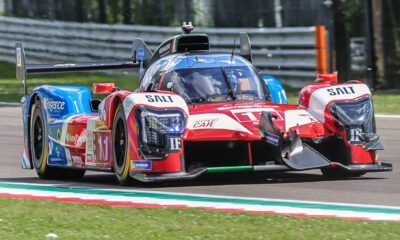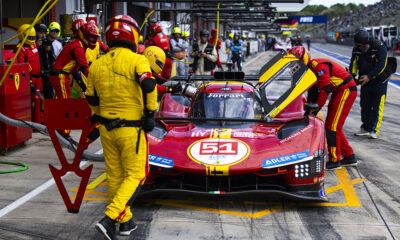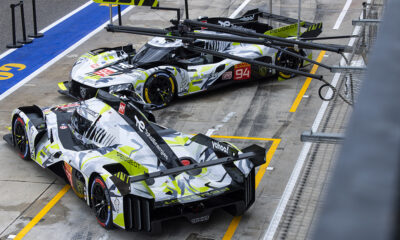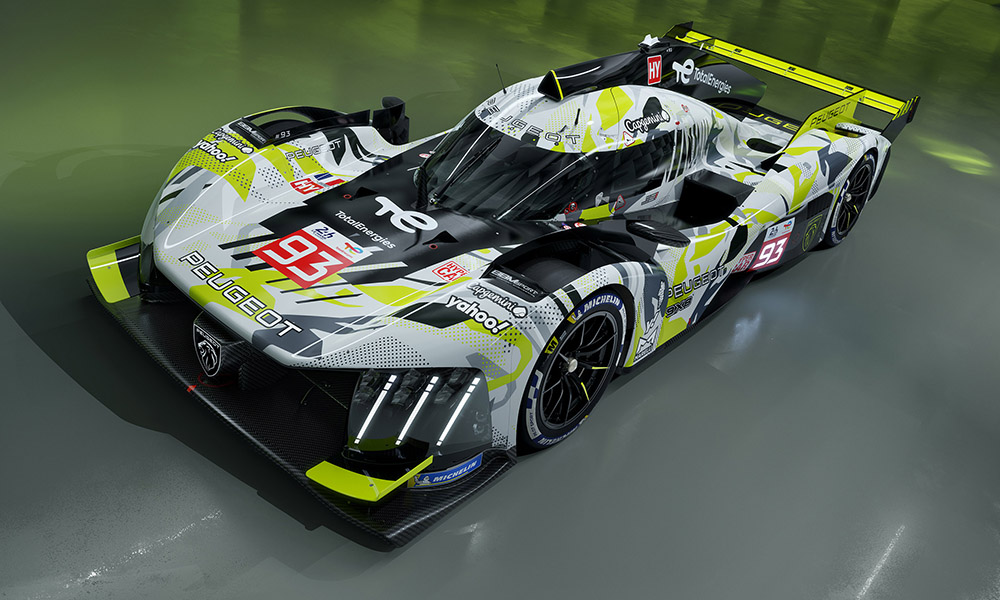
Photo: Peugeot
Peugeot has taken the covers off its updated Le Mans Hypercar, the 9X8 2024, which features a new aero concept including the addition of a rear wing.
The French manufacturer revealed images of its revised challenger on Monday as it gears up to give the car its debut in the second round of the FIA World Endurance Championship season at Imola next month.
It signifies a move away from Peugeot’s ‘wingless’ concept of relying primarily on the underfloor to generate downforce, which technical boss Olivier Jansonnie explained was an inevitable consequence of the change to the rules governing LMH tire dimensions.
Peugeot opted for 31cm-wide tires front and rear, as was initially required by the rules when the original 9X8 was being designed, but the new car features 29cm fronts and 34cm rears, in common with the rest of the Hypercar field.
Toyota made a similar change with its GR010 Hybrid ahead of the 2022 season, having originally used 31cm tires all round.
“Initially the regulations required 31/31, the same tire dimensions front and rear, then they allowed 29/34, which very early in the process we identified as potentially more performant than 31/31,” Jansonnie told selected media, including Sportscar365.
“At the time when this decision was taken in 2022, it was too late for us to redesign the car, since we wanted to have the car ready to race at Monza in 2022. Now we have this opportunity and we decided to go for this tire dimension, knowing it has more potential.
“And then we adapted the aero of the car to match these new tire dimensions, changing the weight distribution to be much more rearward than the previous version of the car, and changing the aero balance as a consequence.
“The car features a rear wing now to try and help with the move the aero balance rearward to match the new weight distribution.
“Everything is connected. You add a rear wing to create a rearward aero balance, therefore you create more downforce from the top of the bodywork, and then you have to reduce the underbody downforce simply to fit in the performance window.”
The monocoque and crash structures are unchanged with the new 9X8, as is the hybrid system, but the gearbox and the engine have received some reliability-focused updates, with the change in concept permitting more weight to be positioned over the rear axle.
“When we designed the previous version of the car, we were very cautious about the weight over the rear axle to try to maximise the forward weight distribution,” said Jansonnie. “Saving weight on the rear components is now less of a concern.
“We could increase the weight of the gearbox to improve reliability especially, by about three to four kilos, and a little bit the engine as well.”
Jansonnie also revealed that “90 to 95 percent of the surfaces of the car” have been modified due to the change in aero concept, but without substantially altering the distinctive design language of the original 9X8.
“It was one of the challenges, and one of the constraints, was to keep the look of the car overall, and this was quite a success in the end,” he said. “We wanted to keep the DNA of the brand in the car while completely revising the aero.
“It’s interesting you can achieve a substantially different aero concept, with surfaces that are all changed, but still looking the same.”
Jansonnie refused to state how many EVO jokers were used by Peugeot with the revised 9X8, which he estimated has completed between 7,000 and 8,000 km in testing.
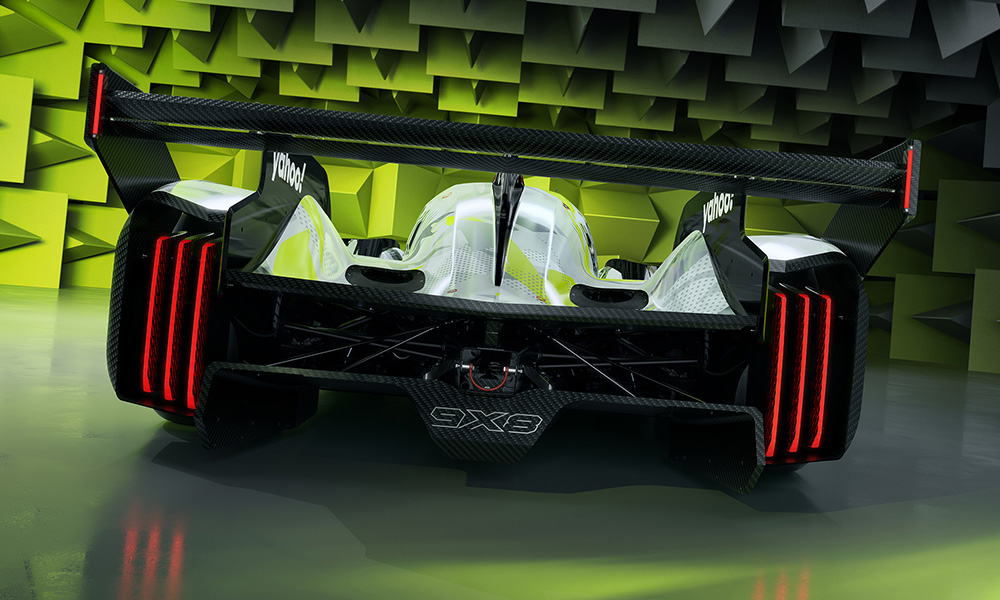
Photo: Peugeot
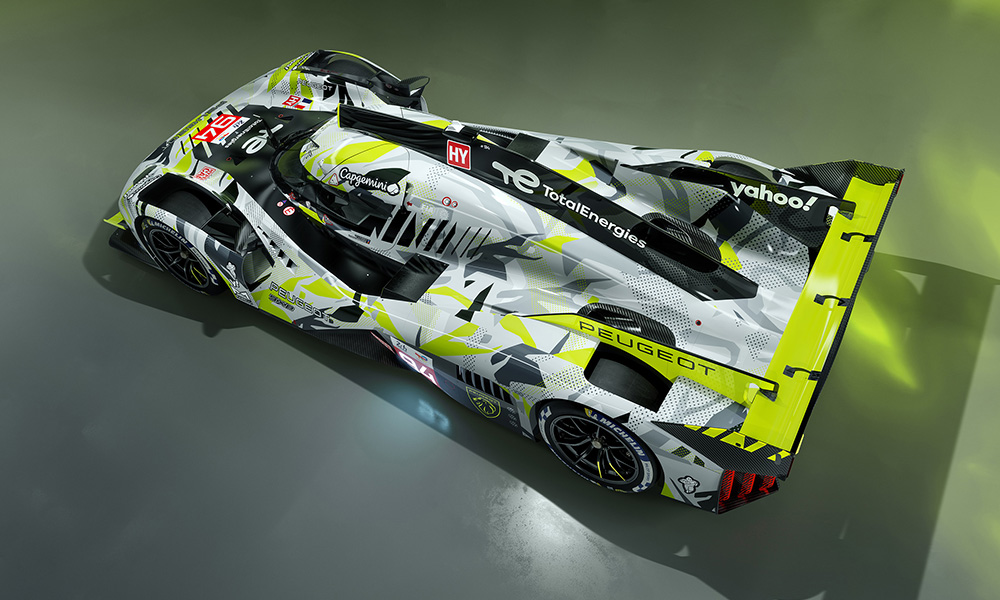
Photo: Peugeot




















